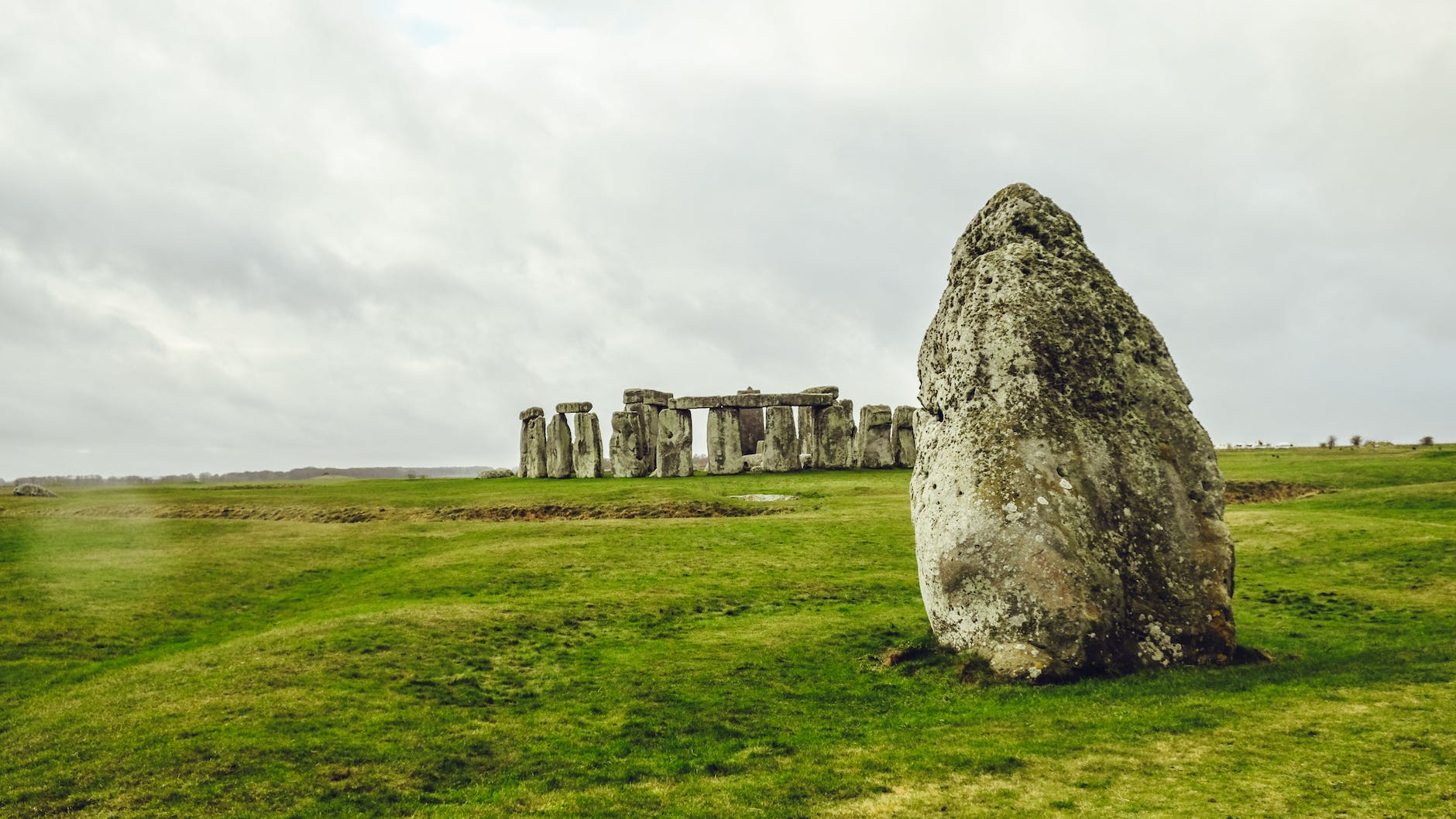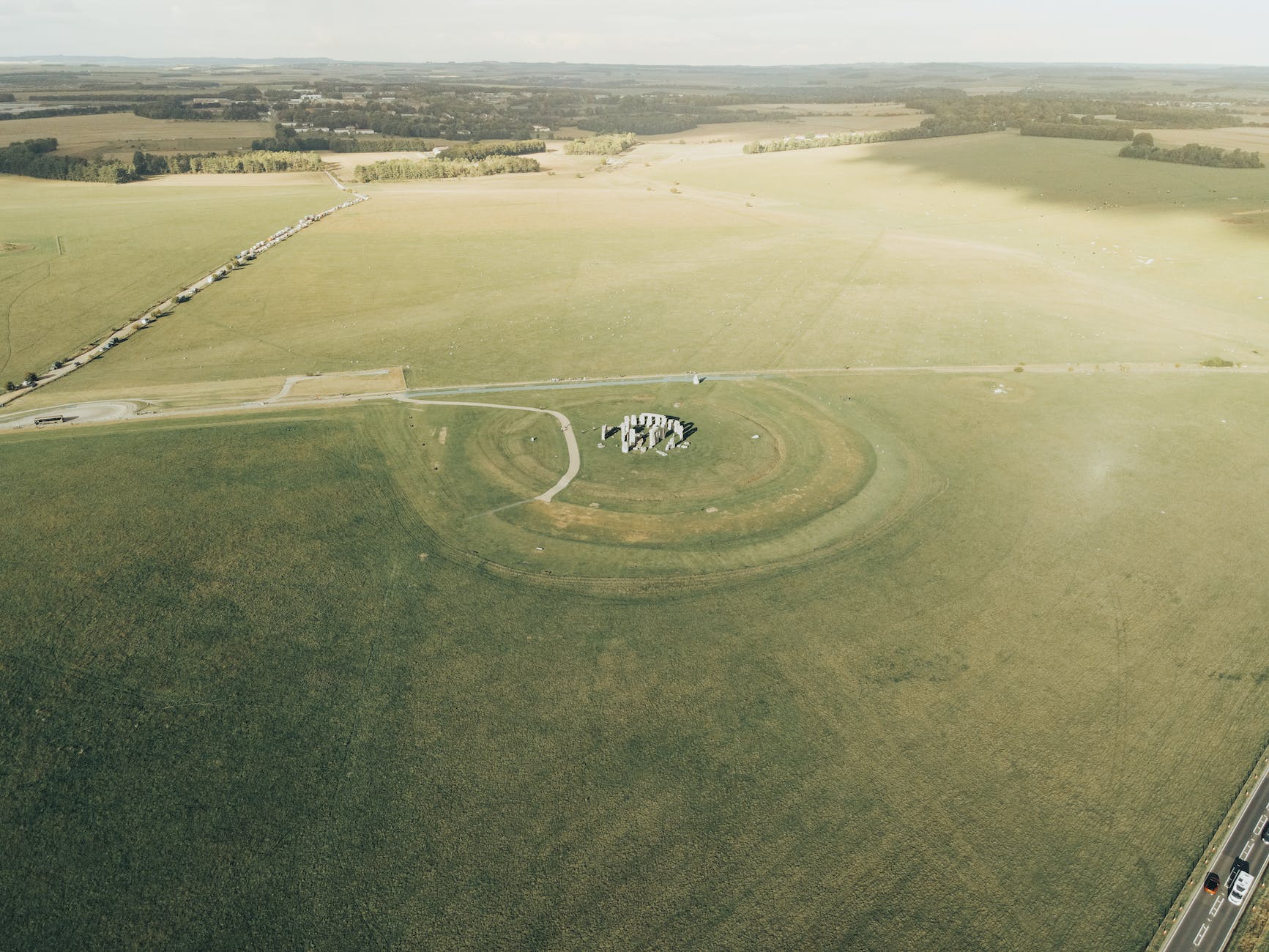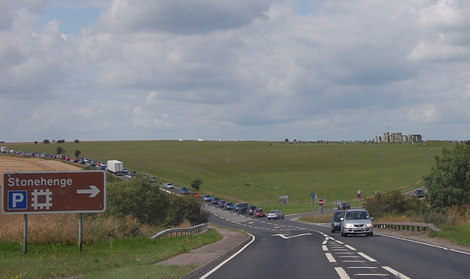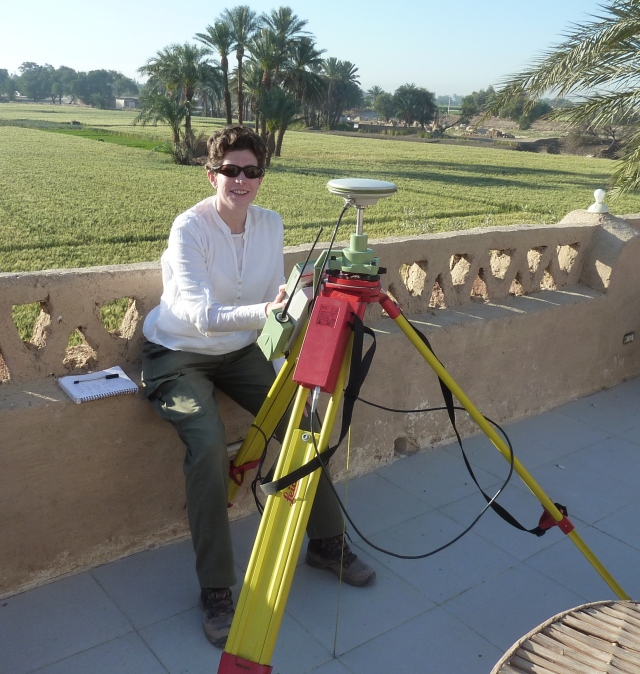Stonehenge needs little introduction! A UNESCO World Heritage Site, Stonehenge is perhaps the most famous archaeological site in England. It is a Neolithic stone circle enclosed within a ditch and bank (the ‘henge’) and surrounded by an extensive prehistoric landscape of barrows, henges, cursus monuments, and other features that reach as far as Avebury and Silbury Hill. For centuries the main road to the south-west of England, now numbered the A303, has run past the stones. Unfortunately, the A303 is now a highly congested modern route, producing considerable noise and pollution. Its proximity to Stonehenge and its location within an important World Heritage Site prevents any road widening schemes, while the traffic impacts visitor understanding and appreciation of the prehistoric landscape.

Since the late 20th century, various proposals have been made for improving the A303, including locating the part closest to Stonehenge within a tunnel, thereby removing the noise and pollution from the vicinity of the stones, allowing the road to be widened, and improving the safety of the road and the Stonehenge visitor experience. These schemes have had long germination, with over 20 years of planning, research, and preparation. Archaeological research has been taken alongside the planning, with various desk-based assessments, archaeological surveys, and evaluation excavations informing the design, engineering, and other planning. As of 2023, the government has given approval to a new dual-carriageway road scheme between Amesbury and Berwick Down, with a tunnel bored through bedrock past Stonehenge. The approval of the scheme has provoked a great deal of outrage and some genuine concern that it represents an existential threat to either Stonehenge itself or other similarly important remains within the World Heritage Site. As an archaeologist who formerly worked in planning I set out to determine whether these fears were justified.
A planning-archaeologist’s perspective
In my previous blog post, I discussed how planning archaeology works in England and how my experience of commercial or ‘developer-funded’ archaeology runs parallel to the 25-year history of the development of the Stonehenge Tunnel scheme. I never worked on the Stonehenge scheme itself or for the archaeological unit most involved with it, Wessex Archaeology, and I have no access beyond the publicly available documents. Nevertheless, I have worked on similar large infrastructure projects, with long periods of planning, including Crossrail and the Thames Tideway Tunnel, and the essential problems and priorities of the Stonehenge scheme are the same as for any development; avoid impacts upon nationally and internationally significant archaeological remains; mitigate impacts upon remains of lesser significance through timely archaeological investigation, analysis, and publication. What then are the risks and mitigation necessary for the Stonehenge tunnel as approved? What might I have written if this scheme had landed on my desk for desk-based assessment?
World heritage wobbles

The first and most obvious point about the approved scheme is that it represents the so-called ‘short tunnel option’, where both entrances to the tunnel are within the World Heritage Site (WHS) boundary. From an archaeological perspective, this is not ideal. As UNESCO has stated, it would be much preferable for the tunnel to be longer, with entrances outside the World Heritage Site. Theoretically, this is to reduce the risk that archaeological remains of international (i.e. World Heritage) significance will be impacted by the tunnel construction. In practice, the WHS boundary is a ‘best guess’ at the area of most significant archaeological remains around Stonehenge. Internationally significant archaeology could as easily occur just outside the WHS boundary as inside it, where the tunnel entrances are sited. Why then do I say the tunnel should be longer! To conform with best practice, and eliminate an unfortunate precedent regarding development within World Heritage Sites. Fundamentally, WHS boundaries exist for a reason: to delineate the area most in need of legal and international protection! For a government scheme to flout this, is far from edifying.
That said the short tunnel scheme as proposed, is much better than several other options that have been considered in the past, including the ‘cut and cover tunnel’ or surface roadworks. These proposals would have had a massive impact on any archaeological remains throughout the WHS and within 200m of the stone circle. Unlike these previous schemes, the short, bored tunnel will at least ensure that, within the heart of the WHS, closest to Stonehenge, impacts will be absolutely minimal because the tunnel will pass through the bedrock far below any archaeology.
A better landscape for Stonehenge?

Ironically, given some bizarre claims on Twitter which suggested the tunnel would go under the stones, the approved scheme won’t have ANY NEGATIVE IMPACT AT ALL upon Stonehenge itself. The new tunnel will be bored through the bedrock some 200m away from the henge (as you can see on this map). In other words, it will be further away than the existing road and far below any surviving archaeological deposits. Furthermore, it will remove the vibration, noise, and pollution of the traffic from the immediate vicinity of Stonehenge, resulting in a better environment for the stone circle. It will also improve the appearance of the prehistoric landscape (by removing the eyesore of modern traffic), thereby enhancing the setting of Stonehenge and other Scheduled Monuments in the area. In both these respects the tunnel represents a significant improvement for Stonehenge, or (to use the jargon) the tunnel will have ‘a positive effect’ upon the environment and setting of Stonehenge and other archaeological features within its setting. In other words, for the stones and other monuments in the immediate area, the tunnel is a good thing and better than the situation at present.
Wider impacts
The main risk of the tunnel scheme to archaeology is not to Stonehenge itself! But to known and unknown archaeological features within and outside the World Heritage Site. The risks to this archaeology are the same as those from any similar road scheme anywhere in the country:
- the removal of archaeological remains during the excavation of tunnel entrances, surface cuttings, road junctions, and dual carriageway construction;
- damage to archaeological features close to the surface, caused by the movement of plant and other machinery along access roads, site compounds, etc.
If I had been asked to assess this scheme 20 years ago I would probably have written something like this:

“The groundworks for the tunnel entrances and other groundworks, have the potential to remove any archaeological remains within their footprints. At minimum such remains would require full archaeological excavation (i.e. preservation by record), and given the high number of nationally and internationally significant remains within the area, some threatened remains could potentially require preservation in situ (i.e. alterations to the scheme to avoid such remains).”
Mitigating factors
Theoretically, moving the tunnel entrances outside the WHS boundary ought to reduce the impact, but as I mentioned above, archaeology is everywhere and unknown but highly significant remains can occur unexpectedly, especially in a landscape like that around Stonehenge. The reality is that archaeological remains outside the boundary are just less well-protected by law. If I were assessing this site, I would recommend that any proposed tunnel entrance, whether inside or outside the WHS, be subject to extensive archaeological prospection and evaluation to identify exactly what might be present. Such evaluations should be undertaken early in the planning process, leaving scope to either move the tunnel entrance to avoid nationally significant archaeological features (i.e. preservation in situ) or plan for full archaeological excavation (i.e. preservation by record) of remains of lower significance. Happily, the published documents indicate that this process is already well advanced, with multiple methods of prospection and evaluation undertaken, and plans in place to undertake further works well in advance of construction.
I still believe that a longer tunnel would be preferable if only to avoid the unfortunate precedent of government-backed major construction within a WHS boundary. Nevertheless, the approved scheme won’t have any negative impact on Stonehenge or its immediate neighbours, and will result in a better outcome for the stone circle than either the situation at present or certain previous proposals. Given the extensive archaeological evaluation and mitigation works already undertaken, the modifications they have prompted to the scheme, and the ongoing archaeological mitigation strategy, there is no reason to believe any nationally or internationally significant archaeology would be destroyed during the development. Archaeological remains of lesser significance can and should be excavated and recorded just as they are at other developments up and down the country, providing new and interesting information about the Stonehenge landscape.
Find out more
Related posts
-

Stonehenge Tunnel – a Planning Archaeologist’s Perspective
-

Stonehenge and planning archaeology in England
-

Wunderkammers, colonial hangovers and multivocality.
